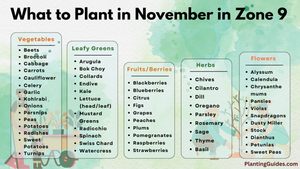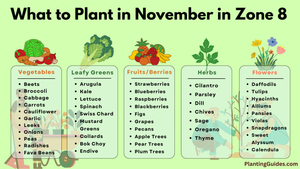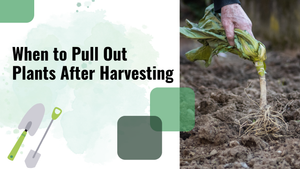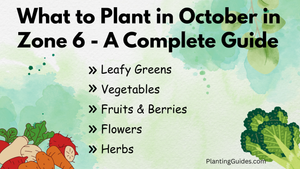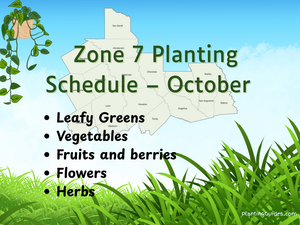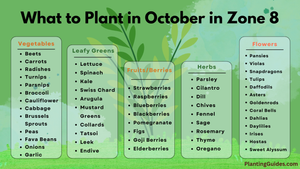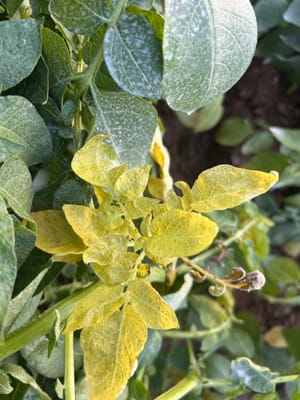
Ever dreamed of walking into your yard and seeing colorful flowers everywhere? Well, you are lucky if you live in South Carolina; you’re already one step ahead. You have got the perfect place to grow them.
The warm weather, long growing seasons, and great soil make it easy to have a blooming garden almost all year. You just need to choose the right plants.
Don’t just throw random seeds into the ground and hope for the best. You need the right flowering plants for your USDA Hardiness Zone.
I have added the pictures of the flowering plants I have grown with some tips ( in the last portion of this article)
South Carolina has five different zones, from chilly Upstate to sunny Lowcountry. Knowing your zone is the first step to a healthy and happy garden. Always check your zone to pick plants that love your weather, like surviving frosts or hot summers.
The zone is just a guide that shows how cold it gets in your area during winter. That way, you’ll know which plants can survive and grow well where you live.
Not sure what your zone is? Don’t worry, check the table below, and you’ll get a clear idea of which zone you’re in.
| Zone | Region in SC | Examples of Areas | Winter Low Temp (°F) |
|---|---|---|---|
| 7a | Northwestern Mountains | Highlands, Mountain Rest | 0 to 5°F |
| 7b | Foothills | Greenville, Spartanburg | 5 to 10°F |
| 8a | Midlands | Columbia, Sumter, Aiken | 10 to 15°F |
| 8b | Coastal Plain | Charleston, Myrtle Beach | 15 to 20°F |
| 9a | Southeastern Coastal Strip | Hilton Head, Beaufort | 20 to 25°F |
South Carolina is like nature’s cheat code for gardeners, you just need to know your planting zone and choose the right plants.
Now, let’s explore the best blooming beauties for your specific zone.
Zone 7a Flowering Plants – Northwestern SC (Coolest Zone)
Zone 7a is the coldest part of South Carolina, mostly in the mountains. Flowers in this area need to handle light frost and cold nights, especially during early spring and late fall.
| Flowering Plant | Type | Best Planting Time | Planting Method | Flower Color | Bloom Time |
|---|---|---|---|---|---|
| Black-Eyed Susan | Perennial | March–April | Seed/Transplant | Yellow/Black | June–September |
| Coneflower | Perennial | April–May | Transplant/Seed | Purple | July–September |
| Azalea (Deciduous) | Shrub | Oct–Nov | Container | Pink/Red/White | March–May |
| Peony | Perennial | October | Bare Root | Pink/White/Red | April–May |
| Coreopsis | Perennial | April | Seed/Transplant | Yellow | May–August |
| Daffodils | Perennial | Oct–Nov | Bulb | Yellow/White | February–March |
| Iris (Bearded) | Perennial | March | Rhizome | Purple/Yellow | April–June |
| Bleeding Heart | Perennial | Early Spring | Bare Root | Pink/White | April–June |
| Columbine | Perennial | March | Seed/Transplant | Purple/Red | April–May |
| Yarrow | Perennial | April–May | Seed/Transplant | Yellow/White | June–September |
These plants are perfect for gardeners in the mountain areas. Pick perennials like Peonies and Coneflowers for easy, long-lasting beauty that comes back every year. With a little planning, your Zone 7a garden can stay full of color for months.
As you can see, the flowers in Zone 7a are mostly perennials because perennials are the perfect fit for this cooler zone.
Also, Peonies and Bleeding Hearts are great for adding color to shady areas.
Zone 7b – Foothills & Upstate (Cool-Warm Mix)
This area is a bit warmer, with a mix of cool mountain air and warm Southern sun. It is perfect for growing many types of perennial flower plants that come back on their own each year.
| Flowering Plant | Type | Best Planting Time | Planting Method | Flower Color | Bloom Time |
|---|---|---|---|---|---|
| Coneflower | Perennial | March–May | Transplant/Seed | Purple | June–September |
| Zinnia | Annual | April–May | Seed | Multi | May–Frost |
| Azalea (Encore) | Shrub | Oct–Nov | Container | Pink/Red | March–April |
| Marigold | Annual | April–May | Seed/Transplant | Orange/Yellow | May–Frost |
| Lantana | Perennial | April–May | Transplant | Orange/Yellow | May–Frost |
| Coreopsis | Perennial | March–April | Seed/Transplant | Yellow | June–August |
| Cosmos | Annual | April | Seed | Pink/White | June–Frost |
| Daylily | Perennial | Spring or Fall | Bare Root | Orange/Yellow | June–July |
| Salvia | Perennial | March–April | Transplant | Blue/Purple | May–September |
| Gaillardia | Perennial | March | Seed/Transplant | Red/Yellow | June–October |
This mix of perennials, annuals, and low-maintenance shrubs can make Zone 7b gardens full of color. Just plant a few of them and wait for the magic, your garden will soon look like a mini botanical paradise, full of color and life.
Lantana and Gaillardia are easy to grow and don’t need much care. Just give them plenty of sun, and it will attract lots of bees and butterflies to your garden.
Zone 8a Flowering Plants – Midlands (Hot Summers, Mild Winters)
Zone 8a covers the middle of South Carolina, where the summers are hot and the winters are mild. It's just perfect for flowers that love the heat and bloom for a long time.
| Flowering Plant | Type | Best Planting Time | Planting Method | Flower Color | Bloom Time |
|---|---|---|---|---|---|
| Black-Eyed Susan | Perennial | February–March | Seed/Transplant | Yellow/Black | May–September |
| Lantana | Perennial | March–April | Transplant | Multi | April–Frost |
| Azalea (Indica) | Shrub | Oct–Nov | Container | Pink/Red/White | March–April |
| Coreopsis | Perennial | February–April | Seed/Transplant | Yellow | May–August |
| Hibiscus (Hardy) | Perennial | March | Container | Red/Pink/White | June–September |
| Verbena | Annual | March–April | Transplant | Purple/Pink | May–Frost |
| Daylily | Perennial | Spring or Fall | Bare Root | Orange/Yellow | June–July |
| Marigold (Annual) | Annual | March–April | Seed/Transplant | Yellow/Orange | May–Frost |
| Cannas | Perennial | March | Rhizome | Red/Orange | June–October |
| Bee Balm | Perennial | March–April | Bare Root | Red/Pink | June–August |
These flowers are perfect for the gardens in the Midlands. You can plant Hardy Hibiscus and Bee Balm to attract hummingbirds and butterflies in your garden.
Use mulch to keep the soil moist and handle the Midlands heat.
Marigolds are awesome, they look great and keep the pests away from your garden.
Zone 8b – Coastal Plain (Warm Breezes & Blooming Seasons)
In Zone 8b, flowers start blooming early and keep going for a long time. The mild coastal weather means you can enjoy colorful blooms almost all year if you pick the right plants.
| Flowering Plant | Type | Best Planting Time | Planting Method | Flower Color | Bloom Time |
|---|---|---|---|---|---|
| Lantana | Perennial | February–March | Transplant | Yellow/Orange | March–Frost |
| Azalea (Evergreen) | Shrub | Fall or Spring | Container | Pink/Red/White | March–May |
| Coneflower | Perennial | February–March | Transplant/Seed | Purple | May–September |
| Gaillardia | Perennial | February–April | Seed/Transplant | Red/Yellow | May–October |
| Zinnia (Annual) | Annual | March–April | Seed | Multi | May–Frost |
| Mexican Petunia | Perennial | March–April | Transplant | Purple | May–Frost |
| Marigold | Annual | March | Seed/Transplant | Orange/Yellow | April–Frost |
| Cosmos (Annual) | Annual | March–April | Seed | Pink/White | May–Frost |
| Blue Daze | Groundcover | March | Transplant | Blue | June–October |
| Angelonia | Annual | March–April | Transplant | Purple/White | May–September |
These flowers love the sun, warm weather, and even salty air. They’re great for the coastal climate and bloom for a long time with very little effort.
You can pick easy-to-grow flowers like Zinnias and Cosmos. They are a perfect fit for cutting and putting in vases, and bees absolutely love them.
Zone 9a – Southern Coast (Tropical Vibes, Endless Summer)
Zone 9a, along South Carolina’s southern coast, is the warmest part of the state. It rarely gets frosty, so it’s warm most of the year.
You can grow tropical or semi-tropical flowers here that wouldn’t survive in cooler areas.
| Flowering Plant | Type | Best Planting Time | Planting Method | Flower Color | Bloom Time |
|---|---|---|---|---|---|
| Lantana | Perennial | January–March | Transplant | Yellow/Orange | March–Frost |
| Coreopsis | Perennial | February | Seed/Transplant | Yellow | April–July |
| Azalea (Satsuki) | Shrub | Fall | Container | White/Pink | April–May |
| Tropical Hibiscus | Tropical | March–April | Container | Red/Yellow/Pink | May–October |
| Vinca (Annual) | Annual | March | Seed/Transplant | Pink/White | May–Frost |
| Bougainvillea | Tropical Vine | March–April | Container | Magenta/Purple | April–Frost |
| Plumbago | Shrub | March | Transplant | Blue | May–November |
| Canna Lily | Perennial | March | Rhizome | Red/Orange | May–October |
| Pentas | Annual | March–April | Transplant | Red/Pink/White | April–Frost |
| Mandevilla | Tropical Vine | March–April | Container | Red/Pink | May–Frost |
These plants love the heat and do well in sandy soil. Mandevilla and Bougainvillea are climbing plants that look beautiful on fences and porches. They give your coastal garden a rich, colorful, and tropical feel.
My Favorite Flowering Plants That Grow Beautifully in South Carolina
You’ve already seen the planting charts with lots of flower options. But now it’s time to show you the ones I really love, the flowers I’ve grown myself and seen bloom with my own eyes.
These flowers are strong, colorful, and perfect for South Carolina's weather. If you’re looking for easy and beautiful flowers to grow, you’ll love these.
Vinca
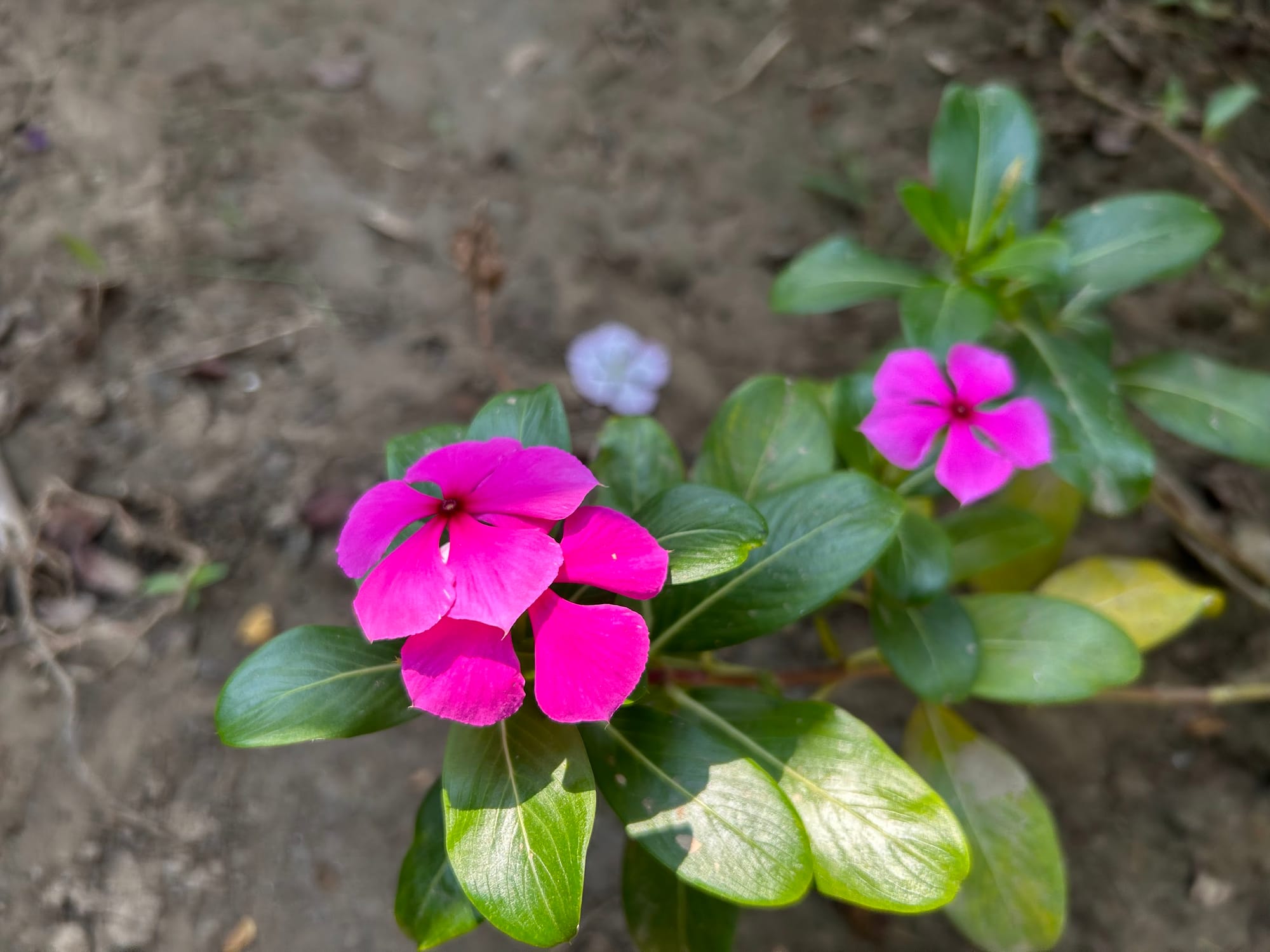
I started with Vinca because someone told me it's an easy flower to grow in South Carolina’s hot and humid weather. It blooms all summer and is perfect for beginners who want bright, colorful flowers without much effort. And I think they were right.
Best For: Flower beds, containers, borders
Planting Tip: Needs well-draining soil and full sun.
Water it just a little at the roots, don’t overdo it.
4 o clock
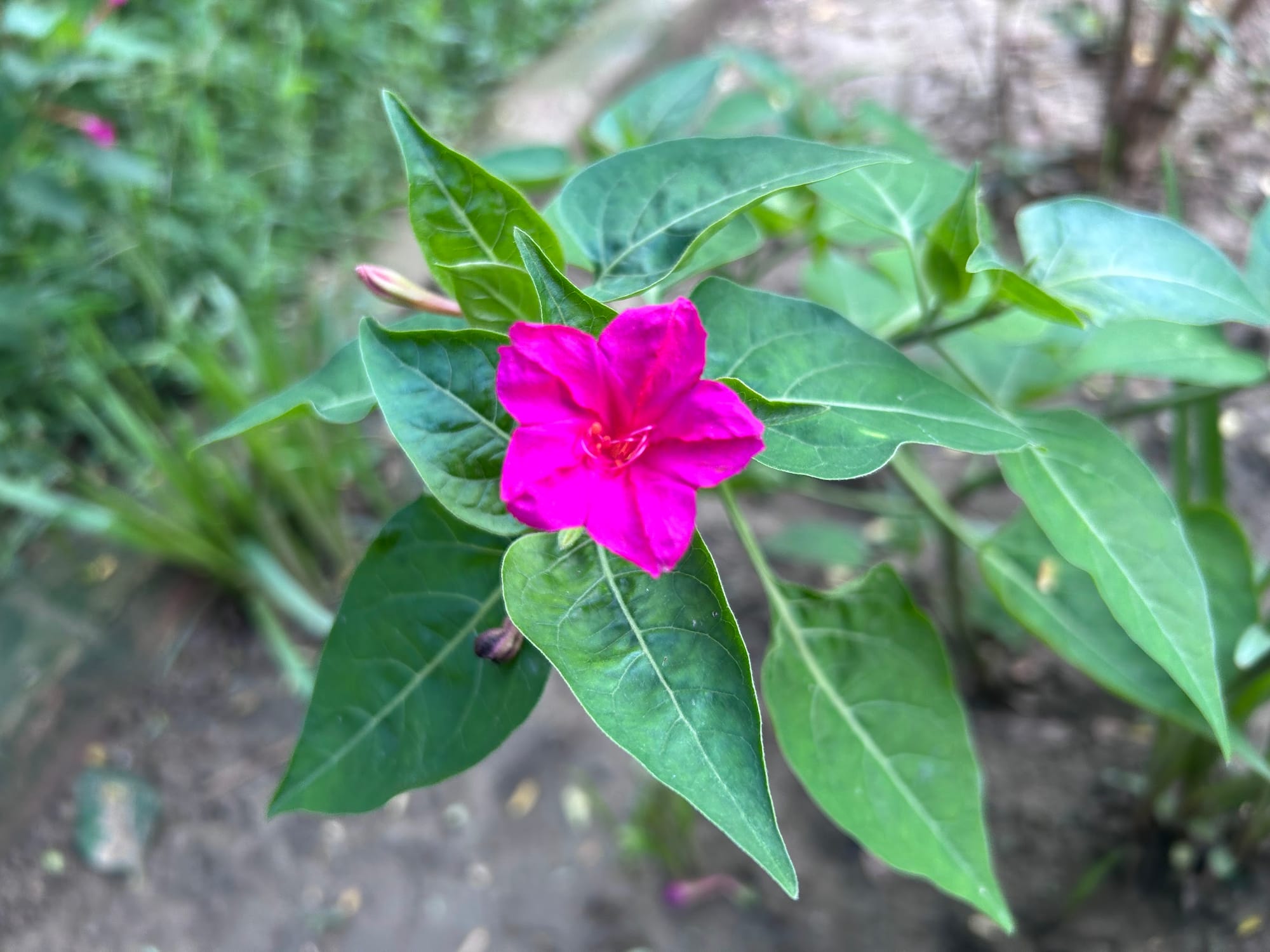
This plant is called 4 O’Clock because its flowers usually open in the late afternoon (around 4 o’clock). The coolest part of this plant is that one plant can have different colored flowers at the same time.
Best For: Cottage gardens, borders.
Planting Tip: Grows easily from seed. Loves full sun and slightly dry soil.
The flowers release a sweet fragrance in the evening, attracting pollinators like moths and butterflies.
Arabian Jasmine
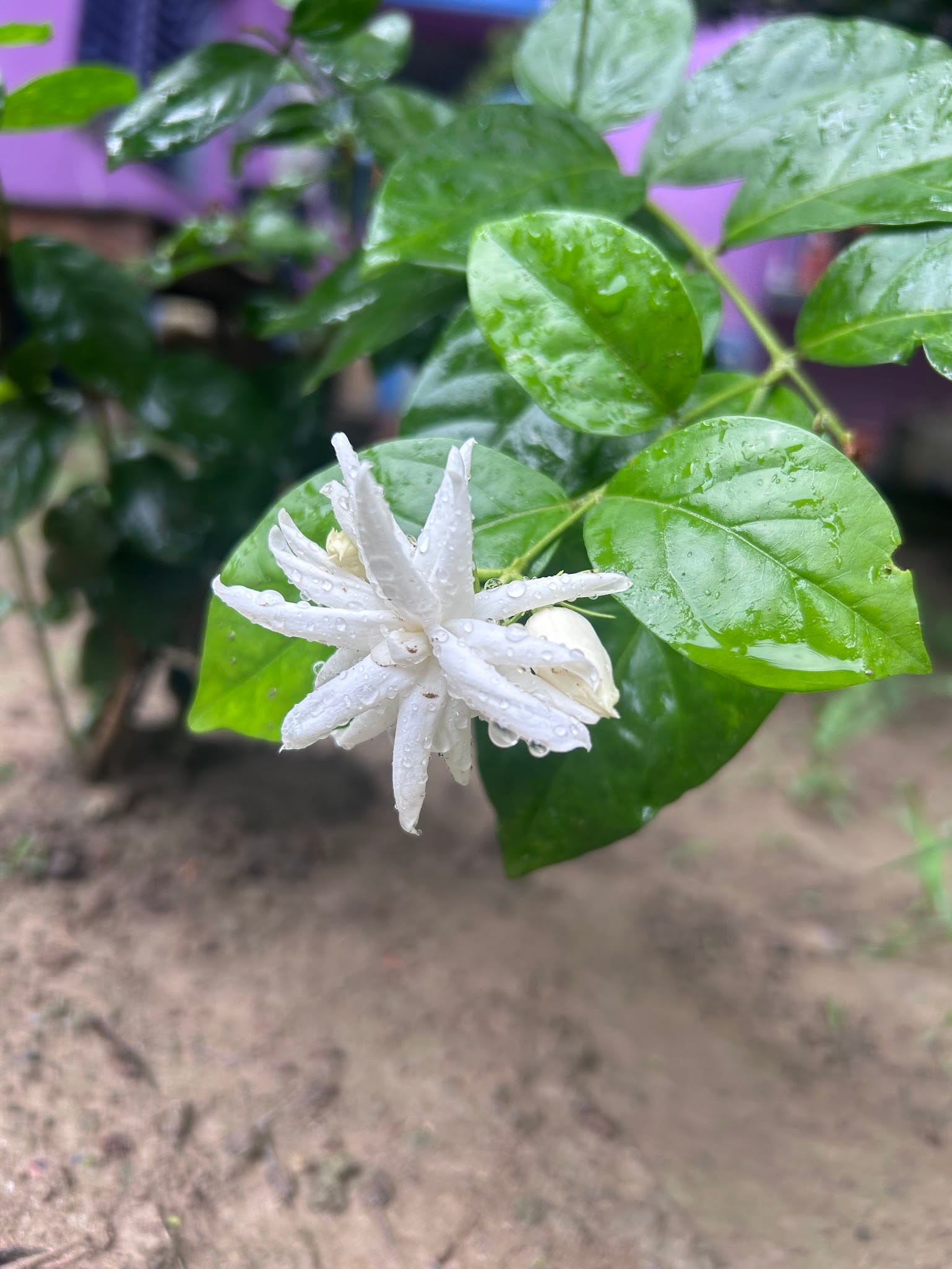
Arabian Jasmine is the plant I always suggest to friends who want something that smells heavenly. I keep one near my front door, and every evening, the scent is just amazing.
Best For: Patios, trellises, containers
Planting Tip: Likes partial to full sun and moist, rich soil.
You can use the flowers to make tea, or just enjoy their sweet smell in the evening.
Marigold
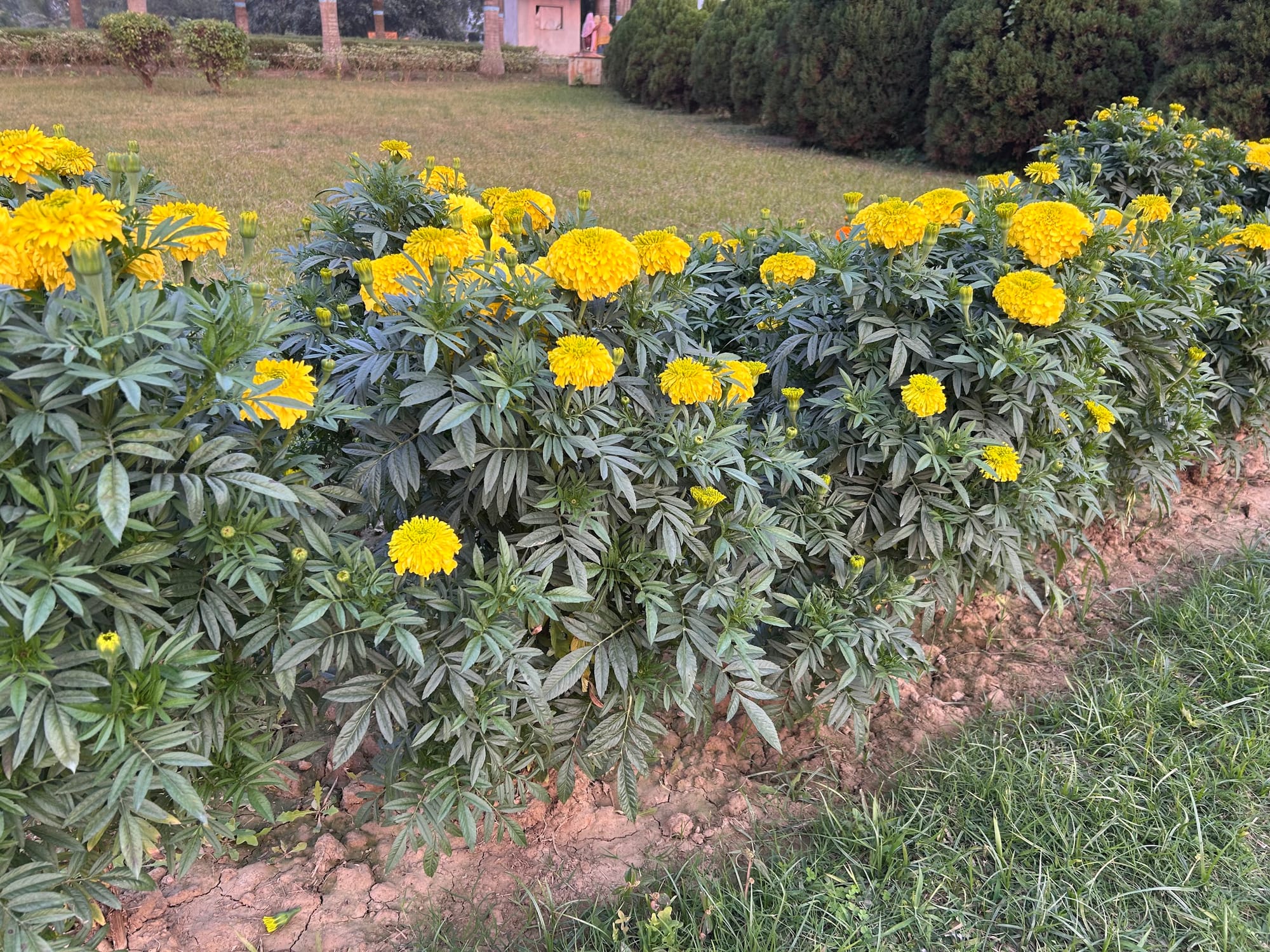
Marigolds are awesome. I plant them every single year because they bloom fast, keep bugs away, and just make me happy.
Best For: Vegetable gardens (for pest control), borders, pots
Planting Tip: Loves full sun and well-drained soil. Water at the base (don't overwater it).
You can plant marigolds next to your vegetable plants, they help protect them from pests like aphids and nematodes.
Lantana
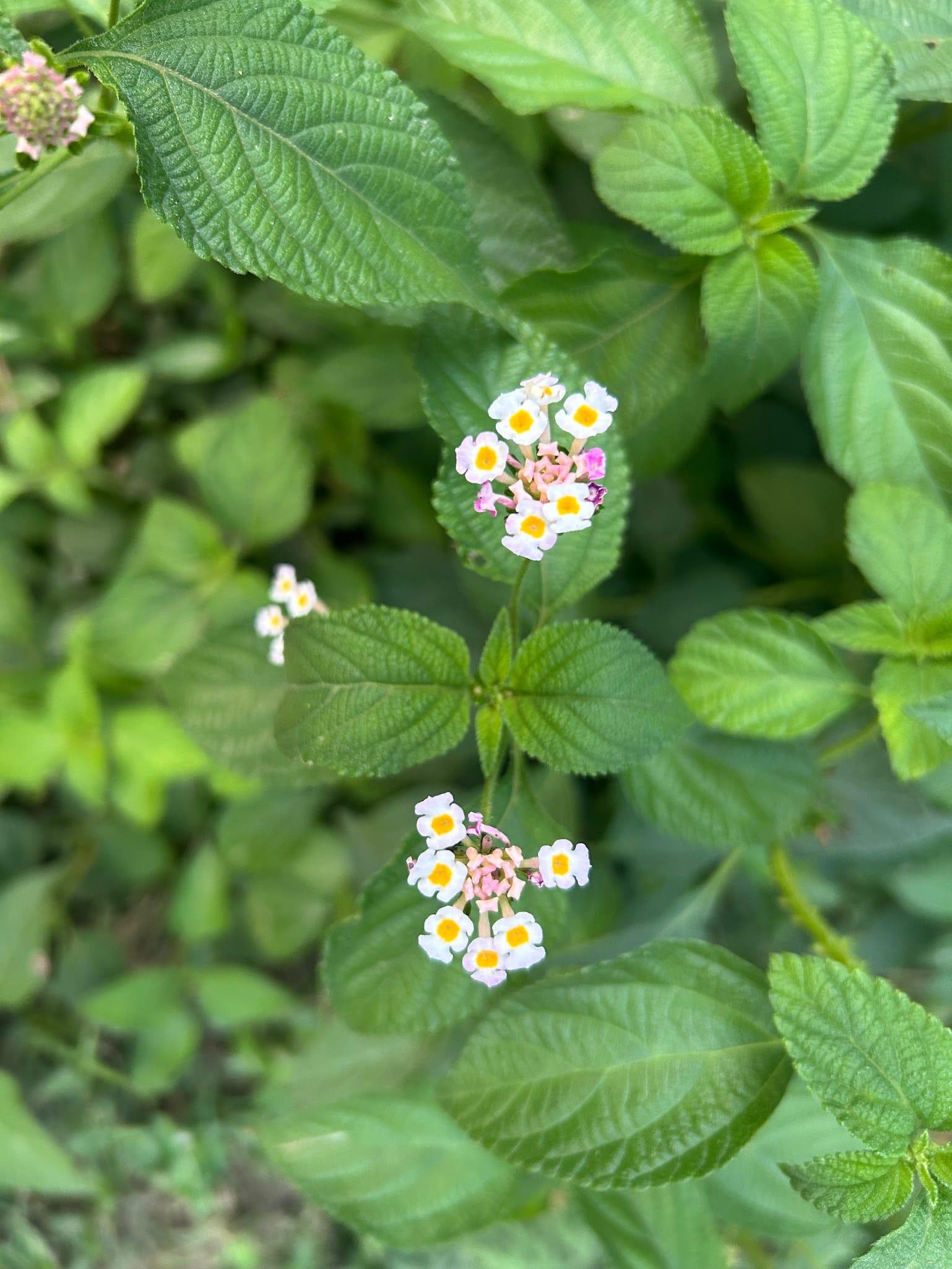
If you want butterflies in your garden (and who doesn’t?), plant Lantana. I always have a few of these in my yard, and they’re buzzing with bees and butterflies every morning.
Best For: Butterfly gardens, hanging baskets, walkways
Planting Tip: Needs full sun. Can handle heat, salty soil, and dry conditions.
If Lantana gets too big or looks messy, you can trim it. This helps it grow fresh new leaves and usually brings more flowers too.
Bleeding Heart

Bleeding Heart is one of the most unique flowers I’ve ever grown. The flowers can be pink or white and shaped like little hearts. They hang down from the stem like small drops, it's really awesome.
Best For: Shady garden spots, woodland gardens
Planting Tip: Prefers cool, moist soil and partial shade.
I planted it once, and now I can’t imagine my shady garden without it.
Cosmos

Cosmos flowers are simple, airy, and look great in any garden. They grow fast and attract butterflies too.
Here, “airy” doesn’t mean air is inside the plant, it just means the plant looks light and elegant, not thick or bushy.
Best For: Wildflower gardens, borders, cut flower beds.
Planting Tip: Loves full sun and poor soil.
I usually pick off the dead or dried flowers regularly, which helps the plant make more new flowers. It also keeps your plant looking neat and healthy.
Loved this article? Here's what you can do for me:
Subscribe to this site and share this with other South Carolina gardeners.
